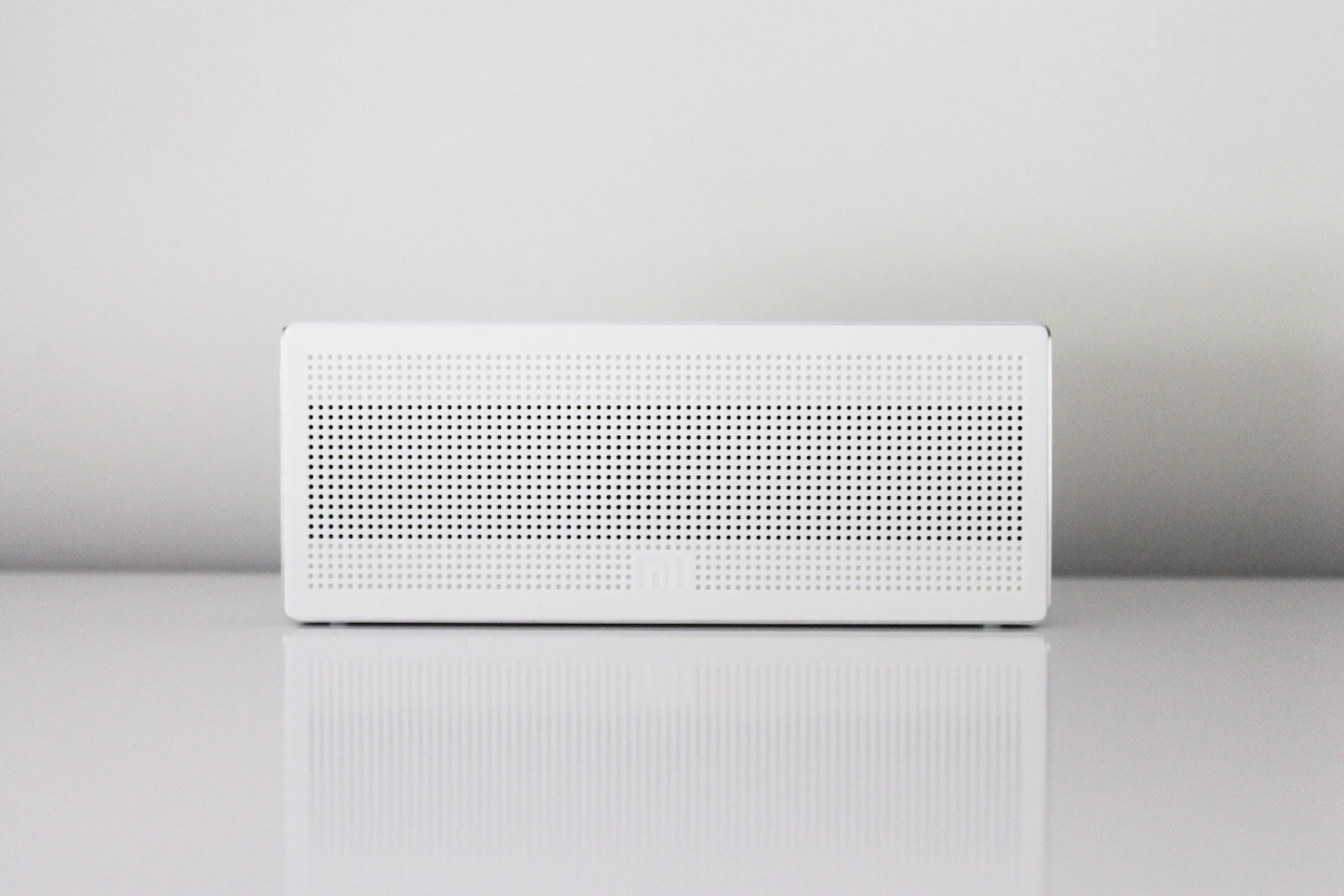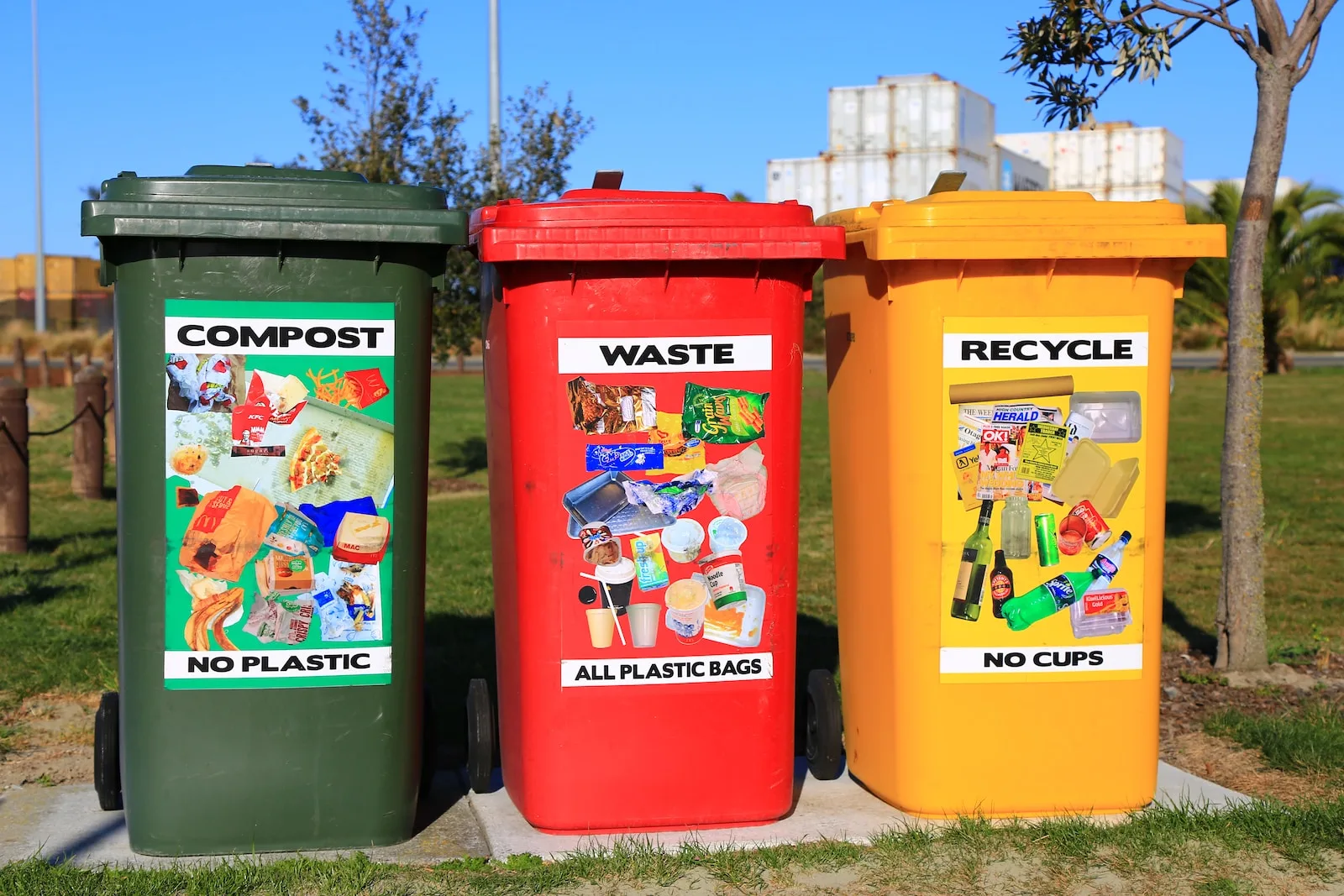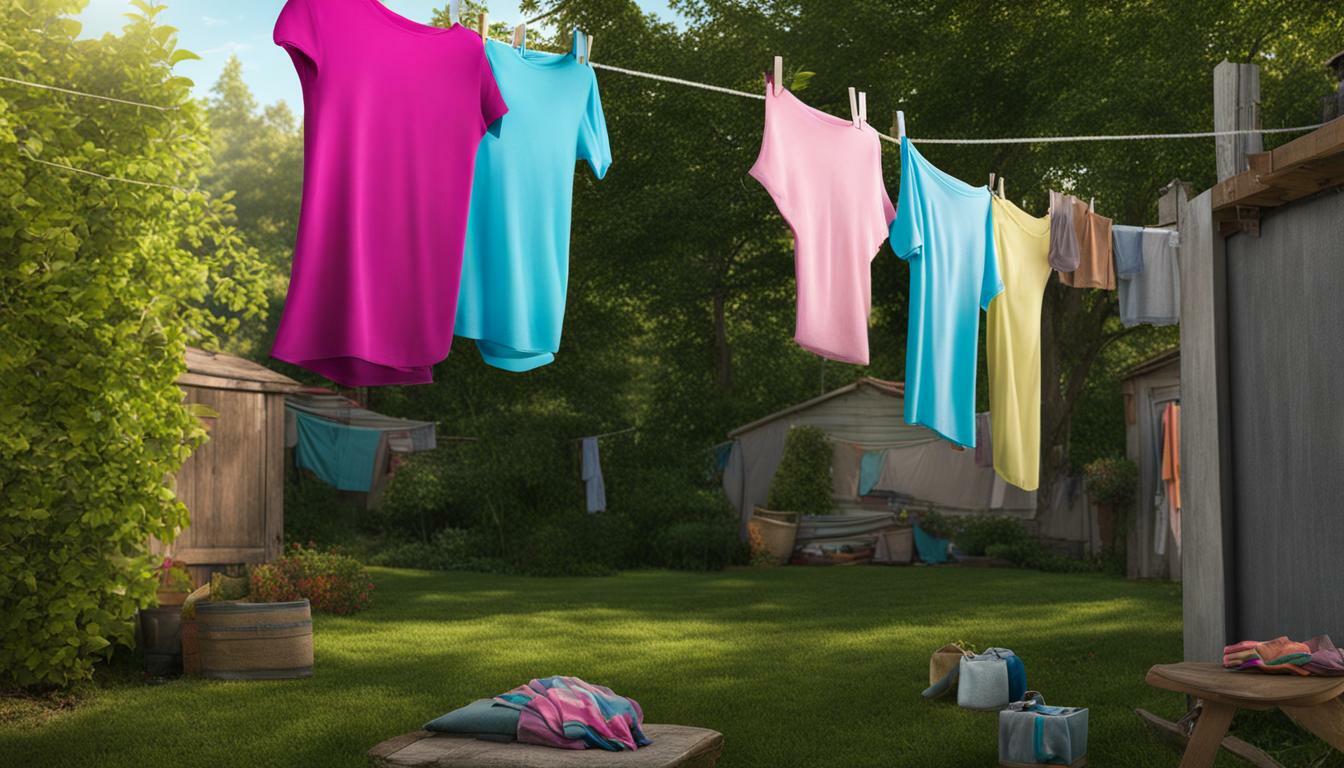Clearing the Air on Air Purifiers and Humidifiers
Engaging Ourselves in the Battle of Breathables – Air Purifiers vs. Humidifiers
In the grand arena of home appliances, a silent skirmish has been playing out for years, going unnoticed by many of us. This subtle showdown involves two players that boast almost identical names but play entirely different games: air purifiers and humidifiers. Both claim to improve the quality of our indoor air, but they approach this task from fundamentally different angles, each with its unique modus operandi. Who among these dueling devices would emerge triumphant in enhancing your home’s breathable atmosphere? Well, as with any great rivalry, it’s not quite as simple as declaring a clear-cut victor. The ultimate decision lies in understanding these combatants’ strengths and weaknesses and how they align or clash with your specific needs. Does your home call for an air purifier, a device designed to cleanse the air of microscopic villains such as dust mites or pollen? Or is it clamoring for a humidifier that can maintain an optimal moisture level to safeguard against aridity? The answer isn’t always straightforward because our homes are complex living organisms with varying needs depending on location, lifestyle choices, health conditions & considerations.
Homeward Bound: Understanding Your Home’s Specific Needs
The importance of understanding your home’s specific needs cannot be overstated when deciding between an air purifier and a humidifier. It might seem like another item on our already bursting-to-the-seams ‘adulting’ checklist – yet it’s crucially significant. Air quality isn’t just about removing contaminants or adding moisture; it’s about achieving balance – that elusive sweet spot where every breath we take doesn’t just keep us alive but makes us feel truly alive.
A wholesome-home environment can be pivotal in alleviating allergies, combating dry skin issues & even aiding sound sleep patterns – essentially affecting almost every facet of our well-being. So before we delve into analyzing these devices head-on-head let’s remember this fundamental rule: one size does NOT fit all when it comes to keeping your indoor air healthy!
The Basics: What Are Air Purifiers and Humidifiers?
Guardian of the Galaxy (of Your Home) – The Air Purifier
Air purifiers, aptly named for their purpose, are designed to cleanse your indoor atmosphere. They act as a sieve, snatching up contaminants that could be detrimental to your health as they pass through. These trusty home guardians work by drawing in air from your surroundings, trapping any unwelcome particles in a filter, and then releasing the cleaned air back into your living space.
However, not all filters are created equal. The type of filter an air purifier uses determines its effectiveness against particular pollutants.
For instance, there’s the HEPA (High Efficiency Particulate Air) filter that boasts being able to capture around 99.97% of particles sized 0.3 microns or larger – impressive! Then you have activated carbon filters which specialize in trapping gaseous pollutants that elude HEPA filters like volatile organic compounds (VOCs), odors, and smoke.
The Moisture Maestro – The Humidifier
Humidifiers march to a different tune than air purifiers but are no less significant. Think of them as conductors orchestrating an ideal moisture balance in otherwise dry environments. Their modus operandi revolves around emitting water vapor or steam into the room to boost humidity levels.
The way they generate this moisture can vary depending on the type of humidifier you choose for your symphony of humidity balance. You have ‘evaporators’ blowing moisture off a dampened filter while ‘central humidifiers’ built into home’s HVAC system impart humidity throughout the house without using steam which can potentially cause burns.
Ultrasonic humidifiers produce cool mist via ultrasonic vibration and finally ‘impeller humidifiers’ using rotating disks running at high speed. Each one has its own unique pros/cons list and suitability for different environments and needs; thus it’s paramount to understand these subtleties before choosing which maestro will wield the baton in your home’s air quality orchestra!
Comparing Apples to Oranges: Understanding the Differences
Clearing or Moistening? A Tale of Two Functions
Don’t let their similar appearances fool you! Air purifiers and humidifiers embark on vastly different missions within your home. Our trusty air purifier is like a meticulous housekeeper, constantly sweeping away invisible irritants in the air. It does so by sucking in your home’s air, running it through various filters that root out pollutants such as dust, pollen, and smoke, and then releasing the now-pristine air back into your living space. Think of it as an ever-vigilant guardian against airborne enemies. Humidifiers, on the other hand, are more like a friendly neighborhood gardener dutifully watering your dry indoor ‘plants’. Rather than cleaning the air, they work by adding moisture to it. This hydration hero takes water from its built-in reservoir and disperses it into the atmosphere as a fine mist or steam, effectively increasing indoor humidity levels. In essence, while an air purifier cleans the environment around you, a humidifier makes that environment more comfortable.
Allergies vs Asthma vs Dry Skin: Who Wins?
When weighing up health benefits between our two contenders – The Purifier versus The Humidifier – we must first consider what health issues we’re facing. For those with allergies or asthma triggered by dust mites or pet dander floating about in your house’s airspace – enter our champion: The Air Purifier!
By eliminating these allergens from circulation around your home sweet home—voila! Your symptoms may be kept at bay.
On another corner of our ring though emerges The Humidifer when battling against dry skin and flu symptoms especially during those harsh winter months when heating systems can reduce moisture levels in the air to desert-like conditions. Our good friend Humidifer rushes to our aid by adding much-needed moisture back into the atmosphere; thus soothing dry skin and helping alleviate irritated throats or congested sinuses.
Thus begins our duel between these two household champions. In truth though there is no clear winner for all scenarios – one must judge based upon their own domestic battlegrounds which champion will serve them best.
When to Use What? Decoding Your Home’s Needs
Let’s dive right into the crux of the matter: when is it appropriate to use each device? While both air purifiers and humidifiers have unique benefits, the need for each can be dictated by specific conditions in your home.
Indicators that Your Home Needs an Air Purifier
The Unseen Enemy: How Poor Air Quality Infiltrates Your Home Poor indoor air quality might be the silent perpetrator sabotaging your health. Its sneaky signs are often overlooked. Are you experiencing frequent bouts of allergies, asthma attacks, or respiratory distress? Do you notice an abundance of dust on surfaces or prolonged odors after cooking? These could all be indicators that your home needs an air purifier.
Remember, these devices aren’t just for those with allergies or breathing difficulties; they’re also essential if you live in a city with heavy pollution or if there’s a smoker in your house. A good air purifier can capture a high percentage of airborne particles, reducing their concentration and improving the overall indoor air quality.
Case Study: Homes Near Industrial Areas
The Invisible War Zone: Living Near Industrial Areas Consider the case of homes located near industrial zones.
These residences are often subject to greater exposure to pollutants from factories – everything from dust and soot to volatile organic compounds (VOCs). In such instances, an air purifier becomes more than just a beneficial gadget; it’s a necessity for maintaining lung health and overall well-being.
Signs That a Humidifier Might Be Your Home’s Best Friend
A Breath of Fresh(er) Air: Understanding the Need for Humidifiers On the other side of this atmospheric coin is dryness. If your skin feels like it belongs on a reptile or if you’re waking up with a dry throat regularly, your home may not have enough moisture in the air. Other symptoms include frequent static electricity shocks and wilting houseplants – these could all be indications that you need to introduce more moisture into your environment through a humidifier. Humidifiers aren’t just about comfort either; they play crucial roles in health too! They can help alleviate sinus congestion and cold symptoms during winter months when heating systems tend to dry out indoor air excessively.
Case Study: Homes in Dry Climates
The Arid Jigsaw Puzzle: Life in Dry Climates Consider homes situated in arid regions like Arizona or Nevada where humidity levels are proverbially low. Here, residents frequently battle dry skin, irritated sinuses, sore throats – classic symptoms associated with low humidity environments – making humidifiers almost as vital as having tap water! And let’s not forget about our wooden furniture friends who yearn for moisture too – prolonged exposure to dry conditions could cause wood cracking and warping.
The Double Whammy: Can You Use Both?
When Harmony Breathes Life: Scenarios for Dual Device Use
In our quest for a better domestic environment, air purifiers and humidifiers are not boxing contenders in the ring. Rather, they are two benevolent companions of a home striving to achieve their respective goals. Yes, you heard it right! You can actually use both devices in your house, provided the need arises. Take for example those chilly winter months when your heating system is working overtime. This usually results in an exceedingly dry indoor atmosphere which can cause skin irritation, nose bleeds and even worsen respiratory conditions like asthma. Now couple this scenario with living close to a busy road or industrial area where pollutant concentration is high. Your home air quality gets compromised with an influx of dust particles, allergens and toxic fumes. In such situations utilising both an air purifier to filter out pollutants and a humidifier to restore moisture levels can be a formidable combination indeed.
Navigating Through the Mist: Balancing Usage for Optimum Results
The key to reaping the benefits from both these devices lies in achieving balance – much like ensuring harmony between Yin and Yang! Neither device should operate excessively at the expense of creating discomfort or potential health hazards. When deploying an air purifier alongside a humidifier remember that timing is crucial. Run your air purifier throughout the day since it’s designed to continually filter pollutants from your indoor atmosphere without making it overly dry.
On contrary, employ your humidifier strategically during drier periods or typically when relative humidity falls below 30%. An advanced humidistat-equipped model would help you automatically maintain optimal moisture levels. With intelligent usage balancing depending on specific needs and seasonality, these two devices can certainly complement each other well in maintaining indoor air quality whilst promoting health benefits. As always though consult with health professionals if you’re suffering from severe allergies or respiratory conditions before introducing these appliances into your home environment.
Buyer’s Guide: Choosing the Right Device for Your Home
The journey to breathing better starts with the right device, and choosing between an air purifier and a humidifier can be like walking a tightrope. The good news is that your home’s specific needs will usually guide you to the right choice. However, there are certain key features you need to consider before making a purchase.
Firstly, consider the size of your space. An air purifier’s effectiveness depends largely on its size relative to the room it’s placed in.
They’re rated according to their clean air delivery rate (CADR), so a higher CADR means more air is filtered in less time. For humidifiers, capacity matters too – a small tabletop model may not suffice for a large living room, for instance.
Key Features to Consider When Buying an Air Purifier
When it comes to purchasing an air purifier specifically, it pays off to delve into some technical details. Look out for terms like ‘True HEPA Filter’ which removes 99.97% of all airborne particles as small as 0.3 microns such as pollen and dust mites, or ‘Activated Carbon Filter’, which helps reduce odors. Another significant feature is noise level — remember that white noise might become annoying over time!
Therefore always check on decibels levels before buying any device. Added features like filter change indicators or programmable timers could also prove beneficial depending on your lifestyle and specific needs.
…
Taking charge of your indoor atmosphere can dramatically improve your quality of life — from boosting health benefits such as reducing allergies and improving skin conditions, enhancing overall mood and productivity too! Remember though that both air purifiers and humidifiers have their own unique capabilities so it’s not about pitting one against another but rather understanding how they can complement each other in creating perfect harmony inside your home sweet home!
There you have it – breathe easy knowing you’re armed with all the knowledge you need! Let’s turn over a fresh leaf in this new chapter of purified perfection or harmonious humidity—or perhaps even both!
 Skip to main content
Skip to main content


